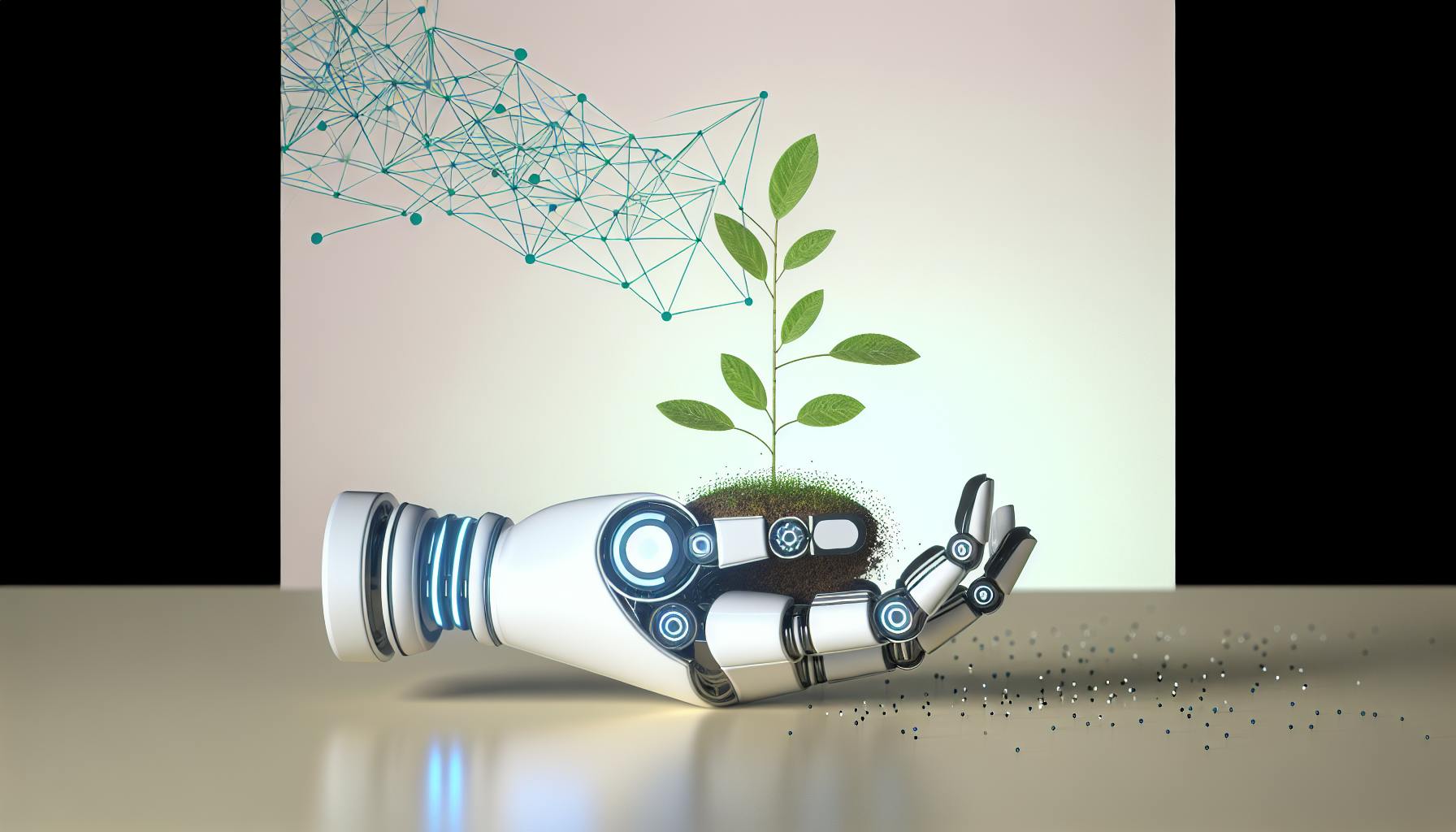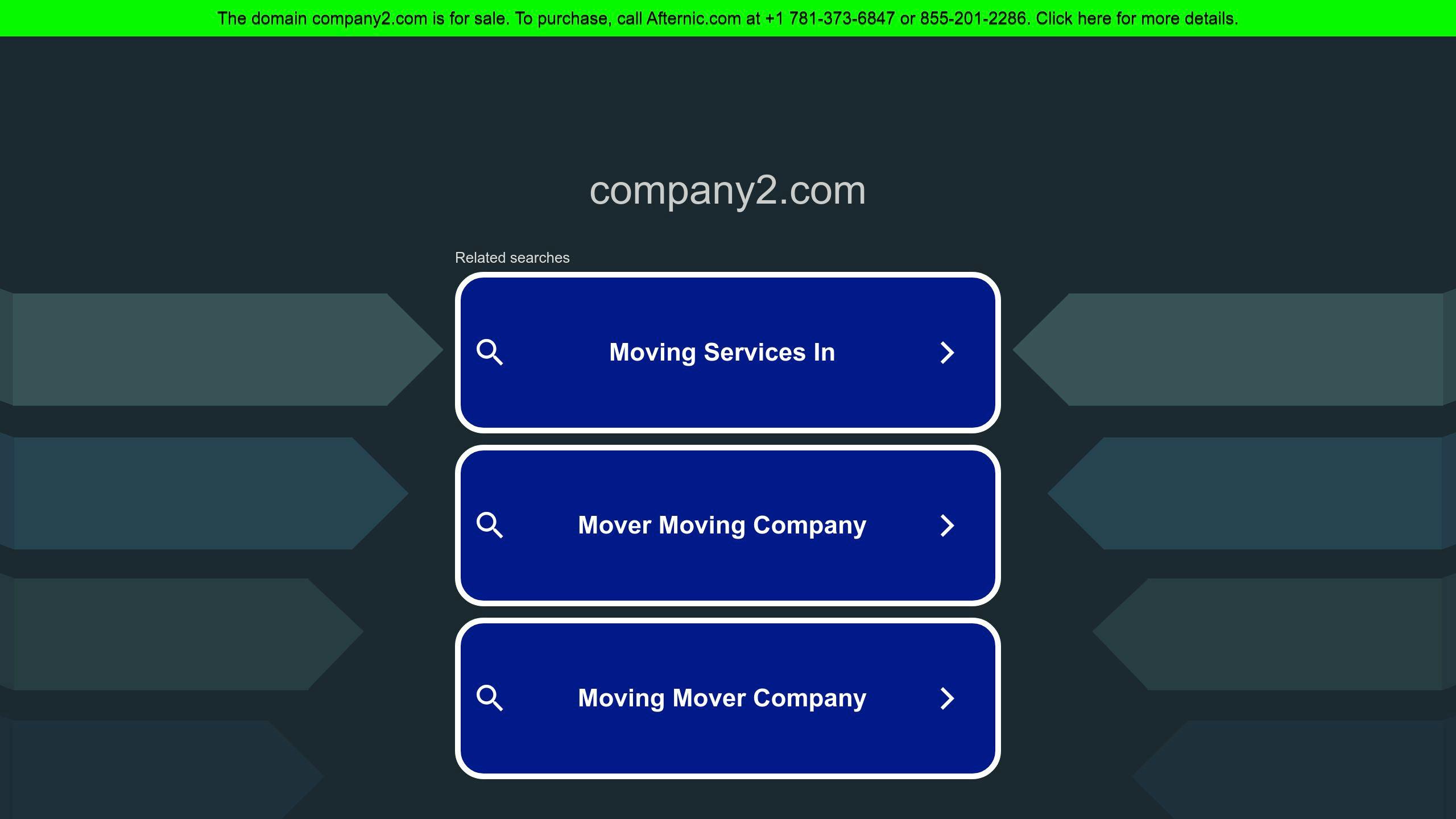March 1, 2024

In today's business landscape, keeping your current customers happy and encouraging them to spend more is vital. With the rising costs of acquiring new customers, focusing on customer retention and development using smart technology like AI can significantly boost your business's income and profit. Here’s a quick look at what this article covers:
By integrating AI into your customer service and retention strategies, you can create more personalized, timely, and effective interactions, leading to a loyal customer base and increased profitability.
Customer retention is about keeping your customers coming back to buy more from you instead of going somewhere else. It's measured by looking at how many customers keep buying from a business over a certain period.
Keeping customers is crucial because it's usually cheaper than finding new ones. Plus, happy, loyal customers often buy more over time.
Keeping customers matters for a few big reasons:
Different types of businesses have different goals for keeping customers, but here are some examples:
Businesses should try to meet or beat these numbers. If your numbers are much lower, it might mean you're not keeping your customers happy.
AI tools like Loman are changing the game for businesses that offer services by helping them keep their customers happy and coming back for more. They do this by offering support that's tailored to each customer, smart enough to predict what they might need next, and always ready to respond.
AI can keep track of what each customer likes or needs based on their past choices. For instance, if you've used a plumbing service before, Loman could remind you when it's time for your next drain cleaning or check-up, based on how old your equipment is.
AI chatbots and call centers can talk like humans, making customers feel more at ease and building trust.
AI looks at all the ways customers have interacted with a business to spot trends. It can guess what might make customers stay loyal. For example, Loman might figure out the best time for a cleaning service to reach out to customers to keep them from canceling. Or it could suggest that a small discount after a few visits might make customers stick around longer.
AI doesn't need breaks, so it can answer calls or chats any time, day or night. This means businesses never miss out on talking to customers, even when it's really busy.
Quick, always-ready support means customers get help faster, which makes them happier. Smart systems also make sure customers get to the right person for help without waiting too long.
AI isn't afraid to try new things, like checking in with customers in new ways, offering special deals, or using chatbots.
This keeps businesses ahead, surprising customers with new things before others do. AI also keeps track of what's working well, so businesses can do more of that.
In short, AI tools help businesses keep their customers by offering support that's always there, knows what customers might need before they ask, and keeps things personal. This builds stronger relationships and keeps customers loyal over time.
Keeping your current customers happy and coming back is key for making more money and growing your business. Here, we’ll talk about 5 smart ways to make sure your customers stay loyal, with a little help from AI tools like Loman.
Everyone likes to feel special. AI helps us treat each customer as an individual:
First impressions count. A good start can lead to a long, happy relationship.
Listening to what customers say helps us get better. Acting on their feedback makes them happier.
It’s important to keep talking to customers in ways that matter to them. AI helps us talk to each customer in a personal way.
Programs that thank customers for coming back can really make a difference. AI helps us make these programs even better.
Cross-selling and upselling are smart ways to sell more to your current customers by recommending additional products or upgrades that they might like. AI tools, like Loman, can look at what customers have bought before to make really good guesses about what else they might want to buy.
Here are some simple tips for doing this well:
With the help of AI, you can get better at making these suggestions and see more customers taking them up on your offers.
Creating a community where your customers can connect with each other can make them more likely to stick around, tell their friends about you, and buy more over time.
AI can help build these communities by:
Communities work best when they feel real and not just about selling something. AI can help keep things genuine and interesting.
Sharing useful information that helps your customers learn something new can keep them interested and loyal.
AI is really good at:
This way, you're always providing valuable information that helps your customers, which makes them more likely to stay with you.
To really understand if you're keeping and growing your customer base, you need to keep an eye on certain numbers over time. AI tools can help you track these important figures accurately:
This is the percentage of customers you keep over a certain period. It shows how well you're doing at holding onto your customers.
Formula:
Retention Rate = ((CE - CN) / CS) x 100
Where:
CE = Number of customers at the end of a period
CN = Number of new customers during that period
CS = Number of customers at the start of the period
Goal: Aim to match or do better than what's typical in your industry.
This tells you how many customers you're losing over time. You want this number to be as low as possible.
Formula:
Churn Rate = Number of customers lost ÷ Total number of starting customers
Goal: Try to keep it below 5% each year.
This is the total amount of money a customer is expected to spend with your business. The higher this number, the better.
Formula:
CLV = Average Order Value x Purchase Frequency x Average Customer Lifespan
Goal: Work to increase CLV by 10-15% each year.
This score shows how likely your customers are to recommend you to others. A higher score means more loyal customers.
Formula:
NPS = Percentage of promoters - Percentage of detractors
Goal: An NPS above 50 is excellent, and above 30 is good.
Keeping track of these numbers with AI tools helps you see how well you're doing with keeping and developing your customer base. Pairing these metrics with effective retention strategies lets you measure your success over time.
Here are some real-life stories about companies that got really good at keeping their customers happy and buying more, thanks to AI. We'll share what they did and what everyone can learn from it.
Company 1 fixes things around the house but was having a hard time making customers stick around. They started using AI from Loman to talk to customers in a more personal way and to remind them when it was time for their next service.
In just half a year, they managed to keep 20% more customers than before. They found that the AI was great at figuring out what customers needed and reminding them at the perfect time. This made customers feel like they were really being paid attention to.
Key lessons:

Company 2 fixes heating and cooling systems. They used Loman's AI to listen better to what their customers were saying and to make their rewards program better.
After a year, they noticed customers were spending 20% more over their lifetime. They said the AI was key in helping them make their rewards more appealing to what customers really wanted.
Key lessons:
By using AI to focus on keeping customers and getting them to buy more, these companies were able to offer services that felt more personal, gather useful feedback, and keep innovating. This led to more growth thanks to happier, more loyal customers.
Making sure customers keep coming back and are happy with your service is super important for businesses that want to grow. Using AI, or smart technology, can really help with this. It makes it easier to give each customer exactly what they need, when they need it.
Here are some smart ways AI helps:
AI also helps with selling more to current customers, building a community, and sharing helpful tips and info.
By focusing on keeping customers and helping them buy more, businesses can:
Looking ahead, businesses that use AI to improve how they interact with customers are set to do really well. This technology keeps getting better, making it possible to really understand what customers want and to build strong, lasting relationships with them.

Enter your information in the form to receive a call from Loman and place an order like a customer would!